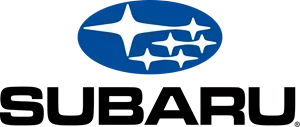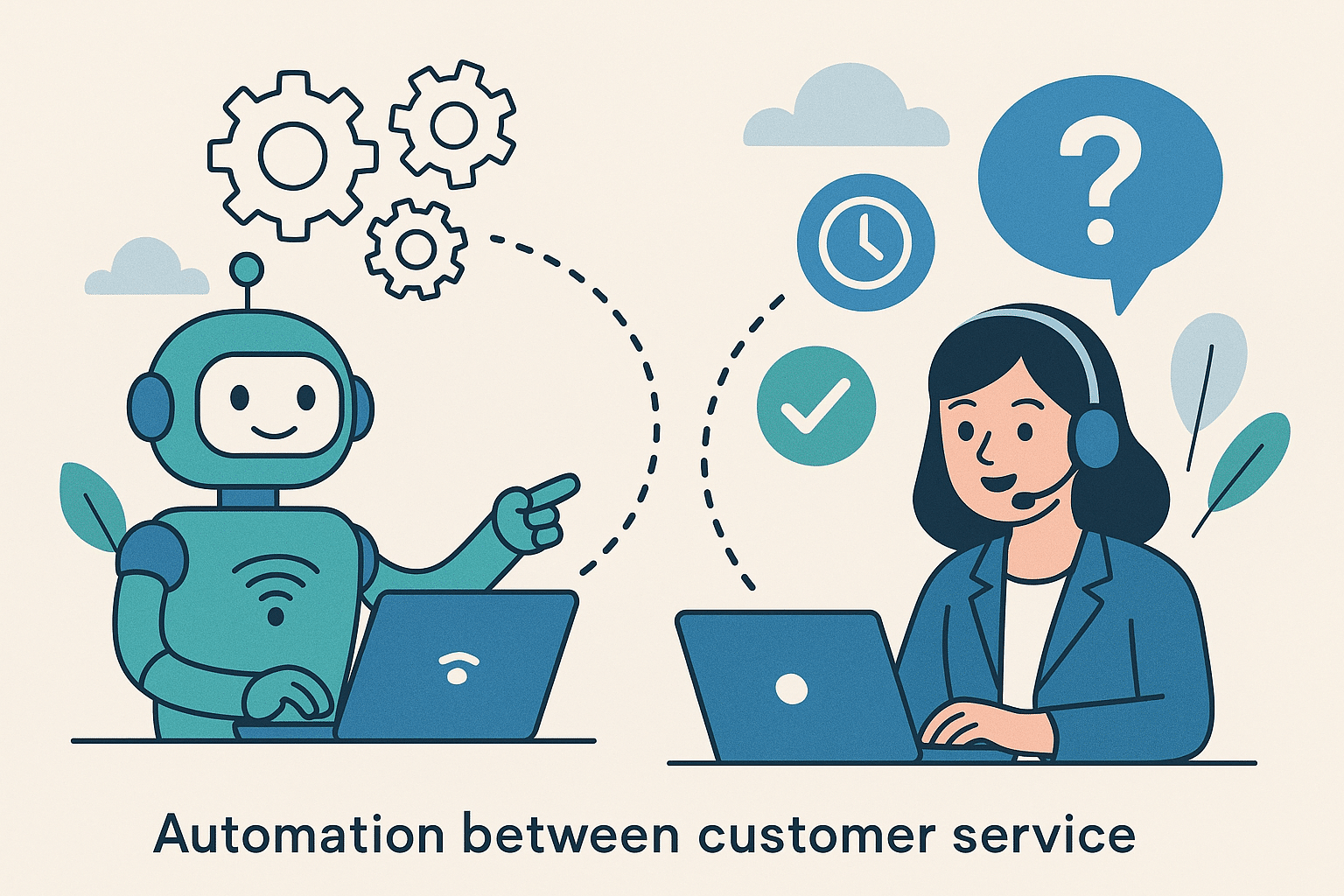A Comprehensive Guide To Training New Employees
A common mistake some of the most successful businesses make is not formally training new employees. They assume that employees will learn “as they go on the job,” but immediate and practical training means better retention rates and happier employees. If you consider that 20% of USA workers leave their employment within 45 days and that this number skyrockets to 50% in the retail sector, you will want to keep your team’s best employees once you find them. Here are a few points why you should consider investing in effective new hire training:
- It helps new hires learn what policies you enforce and what guidelines you use.
- They get to understand how your company and their department operate.
- They can familiarize themselves with the requirements of their position.
Now that we know why training is important for employees, especially new hires, let’s look at what checklists you can develop to ensure a successful onboarding experience. Preparing training checklists ensures that you don’t miss anything and that your new hire will feel welcome and safe. This starts before your new employee’s first day and can continue for up to six months or a year after their starting date.
Save Thousands Of Dollars With Coggno Prime Subscription
Before Your New Employee’s First Day
If you send them some useful resources in advance, it will save time and ensure new hires come to their new workplace prepared. Here are some suggestions:
- Send an agenda for the first day so they know what to expect.
- Send a digital copy of your employee handbook so that they can prepare for any questions they might have.
- Assign a good trainer and mentor for them.
On Your New Hire’s First Day
Firstly and most importantly, make them feel at home. Managers and HR need to make sure that they cover all the necessary steps to prepare for onboarding a new employee and guide them through becoming part of a successful team. A new hire checklist will be helpful to make sure you cover all the necessary steps. Here are some ideas of what you can include on the list:
- Send a welcome email with details like dress code and parking arrangements.
- Prepare team introductions.
- Make sure office space is stocked, cleared, and ready for the new employee.
- Develop an individualized training plan.
- Prepare for new hire training.
Give An Office Tour
A company tour is vital for a new employee’s first day of work as it will help them feel welcome and comfortable with their new surroundings. You should show your new employees the facilities like breakrooms, bathrooms, the kitchen, etc.), and introduce them to their co-workers.
After this, you can continue with the first-day training, which should consist of the following:
1. Company Overview Training
Here are some suggestions for what you should include in your company overview training:
- Provide a copy of your company overview chart and where your new hire fits in.
- Present your company history and mission statement.
- Set aside time for the new employees to ask questions.
2. Company Policies Training
During this training, you should highlight the essential things the employee needs to know and address any questions they might have. In company policies training, you should include:
- Describing the types of leave the employee is eligible for; (sick leave, maternity leave, and annual leave).
- Describe your workplace rules, such as breaks, hours, locker use, etc.
- Explain your performance review process.
3. Benefits Package Training
Explain your insurance and stock option benefits in simple terms during this training. Answer questions if there are any and get all contracts signed. During this training, you should:
- Present all options for health and life insurance plans.
- Explain any mobile plan or company car reimbursements the company offers.
- Explain flexible hours, options, and requirements, such as remote work.
- Present details of wellness training programs (e.g., discount on a gym membership)
4. Role-Specific Training
Some compliance training is standard for all employees, but others are more role-specific. For example, salespeople are trained by a different set of training courses than new developers. Some points to include in role-specific training are:
- Explain the roles of different members of the team and how the new hire will work with them.
- Schedule regular one-on-one between team members and the new hire.
- Describe the new employees’ daily tasks – (a typical day at work).
5. IT Setup And Training
IT staff should assist new employees in setting up their workstations and computers. The following should be included in IT setup training:
- Train new employees how to secure their workstations.
- Check whether new hires have set up company accounts, for example, email.
- Assist employees in setting up anti-virus software.
- Set new employees up with password security accounts.
Break The Ice
Icebreakers are an effective and fun way to get to know new hires, and it doesn’t have to be awkward. They make new employees feel more comfortable amongst their co-workers and help to break down barriers that might exist among workers. They are fun to play and make it easier for employees to communicate and get to know each other. Some examples of successful icebreaker games are Two Truths and One Lie, Whose Story Is It, Find Ten Things in Common, Whodunit, and many more.
A month after your new employee’s start date, you can initiate security training, and after three months, you can introduce safety training.
The Best Way To Train New Employees
Training for new employees helps them settle into the rhythm of the company and focus on their job. Here are five tips on how to train a new employee:
- Ensure all managers use a new hire training checklist.
- Start employee onboarding before day one.
- Start slow and be flexible.
- Establish your new employee procedures beforehand.
- Gather regular feedback.
We now know what a successful new-hire training program entails, but what are a poor new-employee training program’s traits?
- The training’s purpose is ambiguous—it should show employees exactly how it pertains to their mission and job.
- No feedback is provided – don’t leave employees in the dark about their performance.
- Employees are afraid to fail. Let your employees use what they’ve learned without fear of the repercussions if they make a mistake.
- Assuming employees don’t want training – most employees will welcome the opportunity for professional development if you offer it.
Bottom Line
Proper new hire training will ensure that your staff is trained and professional, and your company will be much more successful with a much better staff retention rate.
Coggno has a wide range of online courses and training materials covering new employee training.
Maximize Training, Minimize Costs With Coggno Prime



















